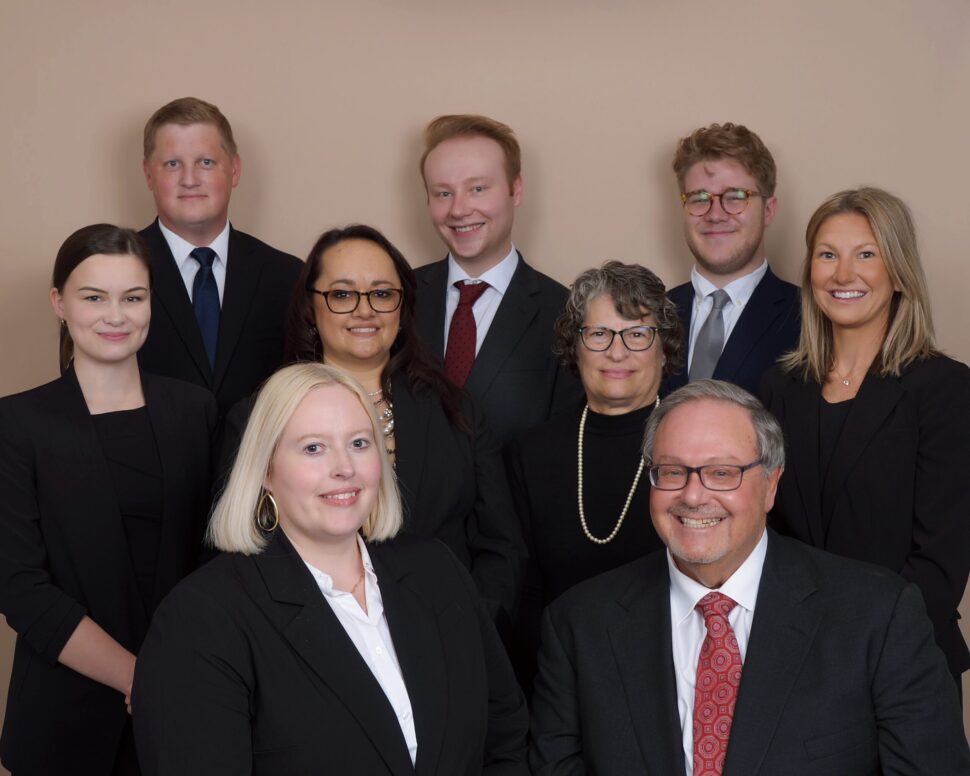DEA Makes Drug Classification Change
Late last month, the Drug Enforcement Administration ruled that hydrocodone combination products will change from a Schedule 3 classification to Schedule 2. This will become effective on October 6, 2014. Commonly, these drugs are a mixture of acetaminophen and hydrocodone. Some examples include “Norco” and “Lortab” tablets. However, this applies to all drugs that contain hydrocodone currently on the market in the United States.
Possession of a Schedule 2 drug without a valid prescription has serious penalties, depending on the amount involved. Therefore, a classification change can affect many who are criminally charged for possession of these drugs in the future. Right now, illegal possession of less than 25 grams is a felony with a maximum penalty of 4 years in prison, a fine up to $25,000.00, or both.
According to Michele Leonhart of the DEA, “Almost seven million Americans abuse controlled-substance prescription medications, including opioid painkillers, resulting in more deaths from prescription drug overdoses than auto accidents.” She also stressed these are some of the most addictive and potentially dangerous drugs out there.
However, back in April, the leading pharmacy groups wrote to the DEA, strongly opposing the change. In the letter, the group stated that the majority of patients taking these drugs need them to function. Furthermore, the Institute of Medicine estimates that 100 million Americans live with chronic pain and 46 million people suffer from acute pain from surgery. The group felt that these drugs play a key role in helping people manage pain and to be able to complete daily tasks.
Prescriptions issued before October 6, 2014 and authorized for refills can still be filled before April 8, 2015. In addition, doctors can give a hydrocodone user multiple prescriptions to provide up to a 90 day supply of medicine. This means no more refills and more doctor visits to get prescriptions. In sum, these are important changes that will have a wide range of effects on many people.







